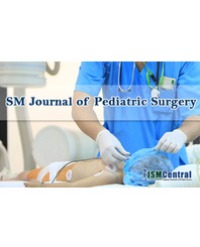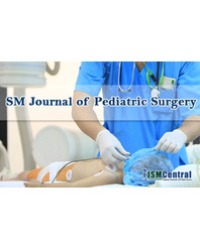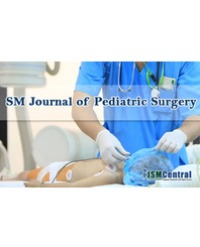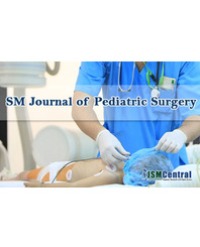Purpose: The aim of this study was to assess the changing on anorectal manometry pattern and clinical outcome of patients who underwent sTENS to treat constipation after a pull-through procedure for congenital megacolon or who underwent a posterior sagittal approach for anorectal malformations.
Method: Eighteen patients, 12 boys and 6 girls, 8.5 years mean age (1-17 years), who developed constipation on postoperative evolution and did not respond to medical therapy were submitted to sacral transcutaneuos electrical nervous stimulation from January 2015 to December 2015 and had their charts evaluated.
Results: There was remission of constipation in 11.1% of patients (2 out of 18). Manometrically, the resting pressure values (p=0.0125) and maximal contraction (p=0.0217) showed statistically significant differences between pre and post TENS and the percentage of asymmetry of the anal canal, here translated as asymmetry index (%), was lower after performing sTENS and has established a statistically significant difference against pre-sTENS (p = 0.0148).
Conclusion: sTENS has significantly altered some manometrical parameters and has influenced the outcome of these patients. Anorectal manometry is a useful tool in the physiological and functional assessment of the anal canal and sphincter muscle complex in pre and post sTENS.
Elaine CS Martins-Moura¹, Geraldo MN Marques²*, Fábio L Peterlini³, Alcides A Salzedas Netto⁴, and Jose L Martins⁵





